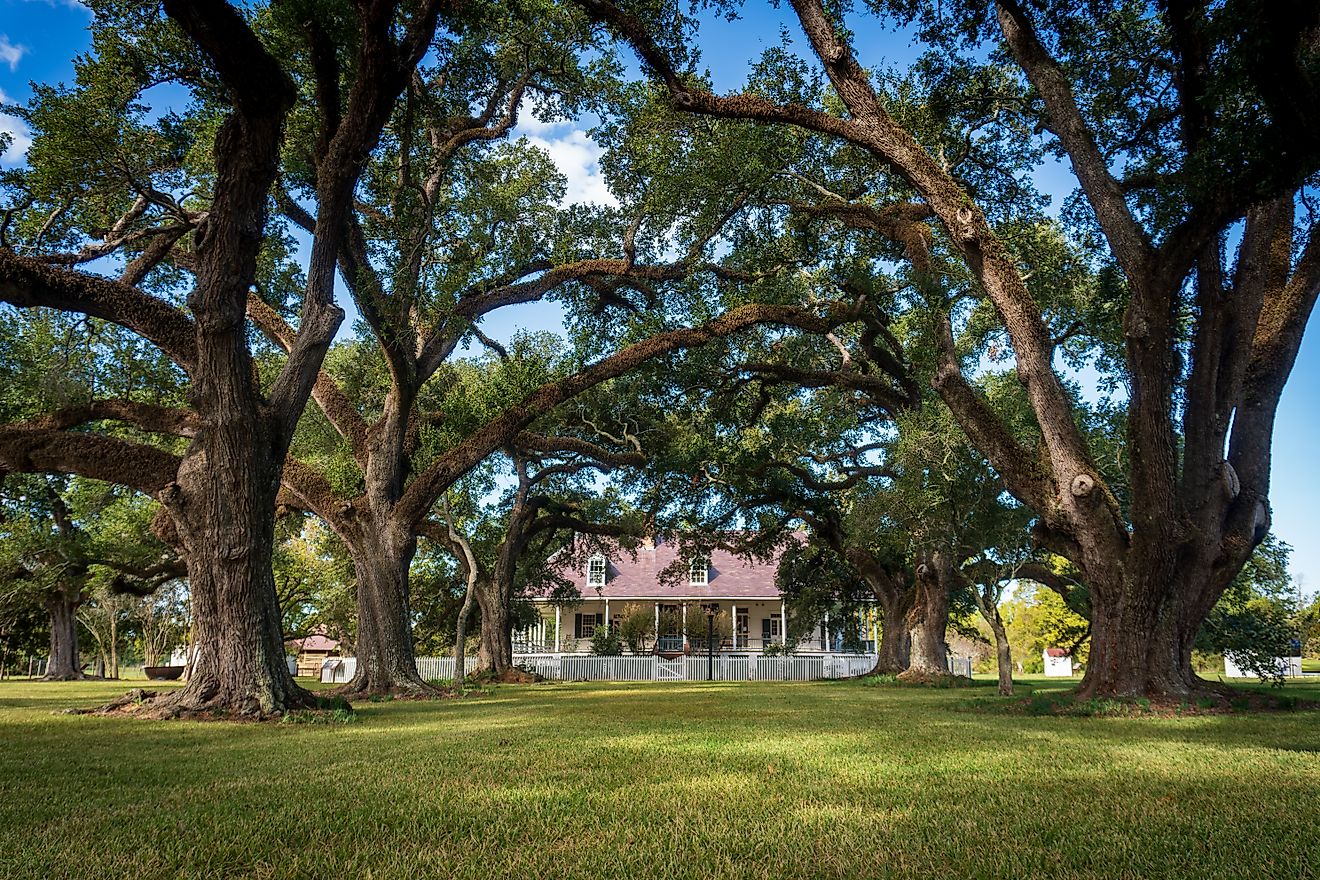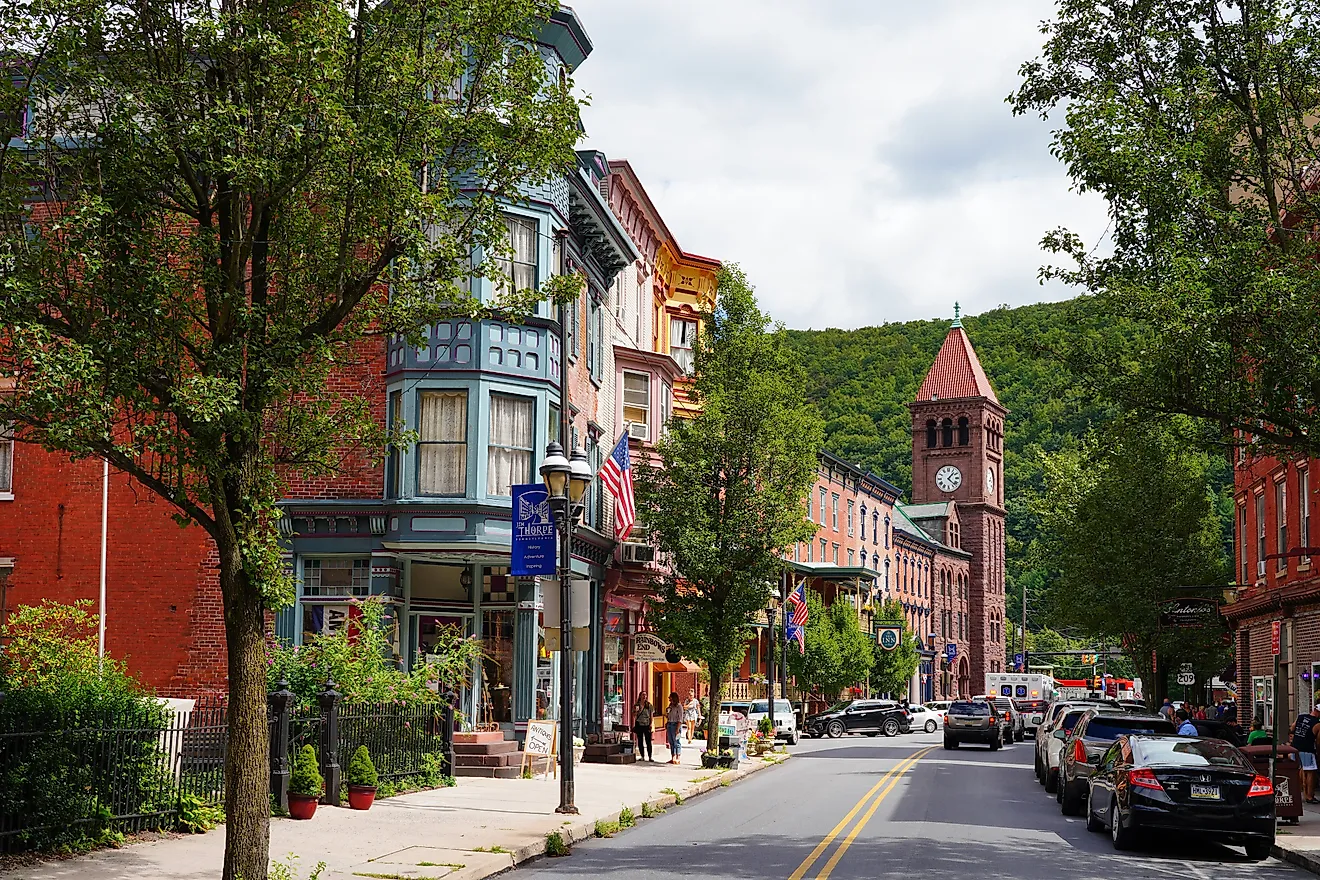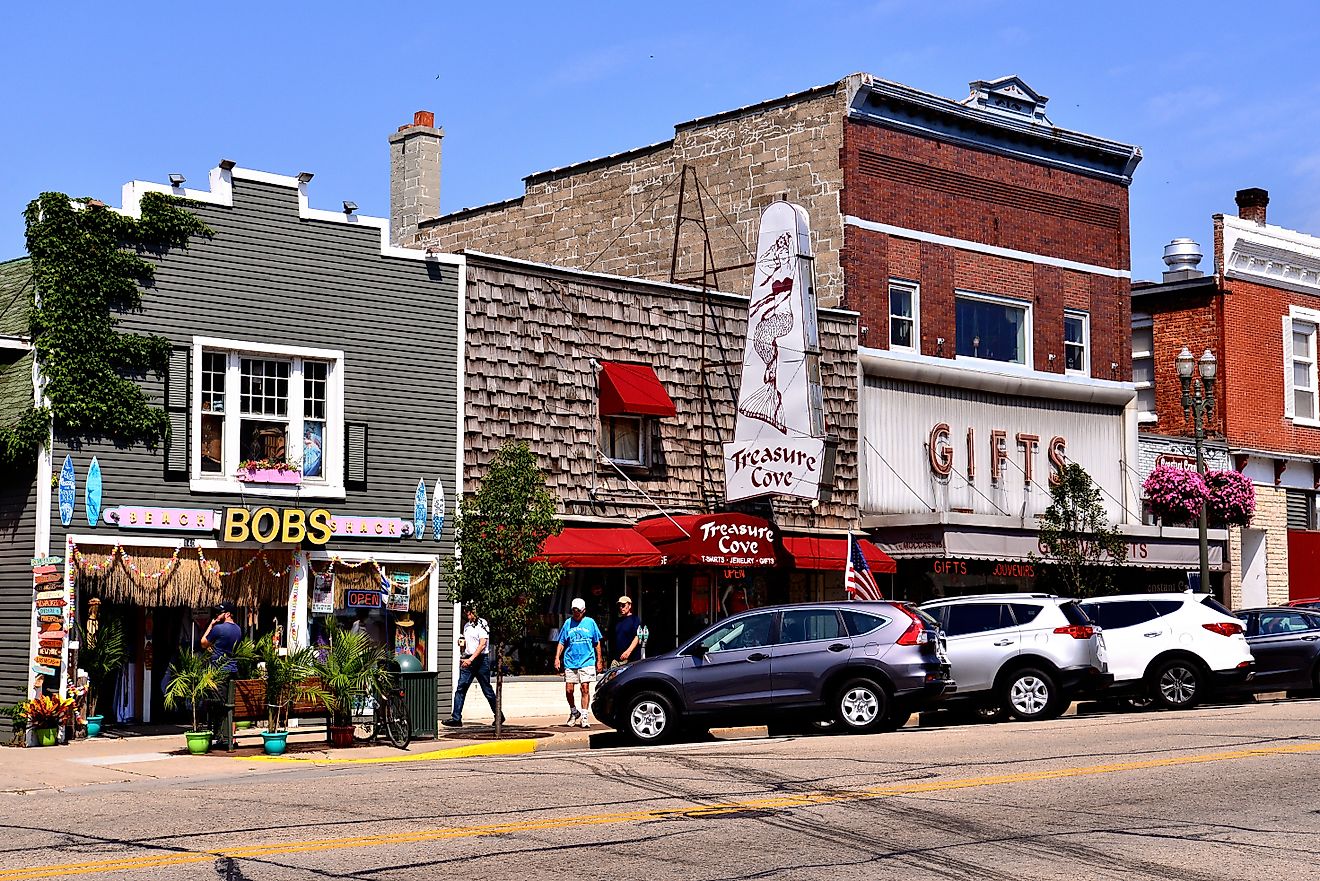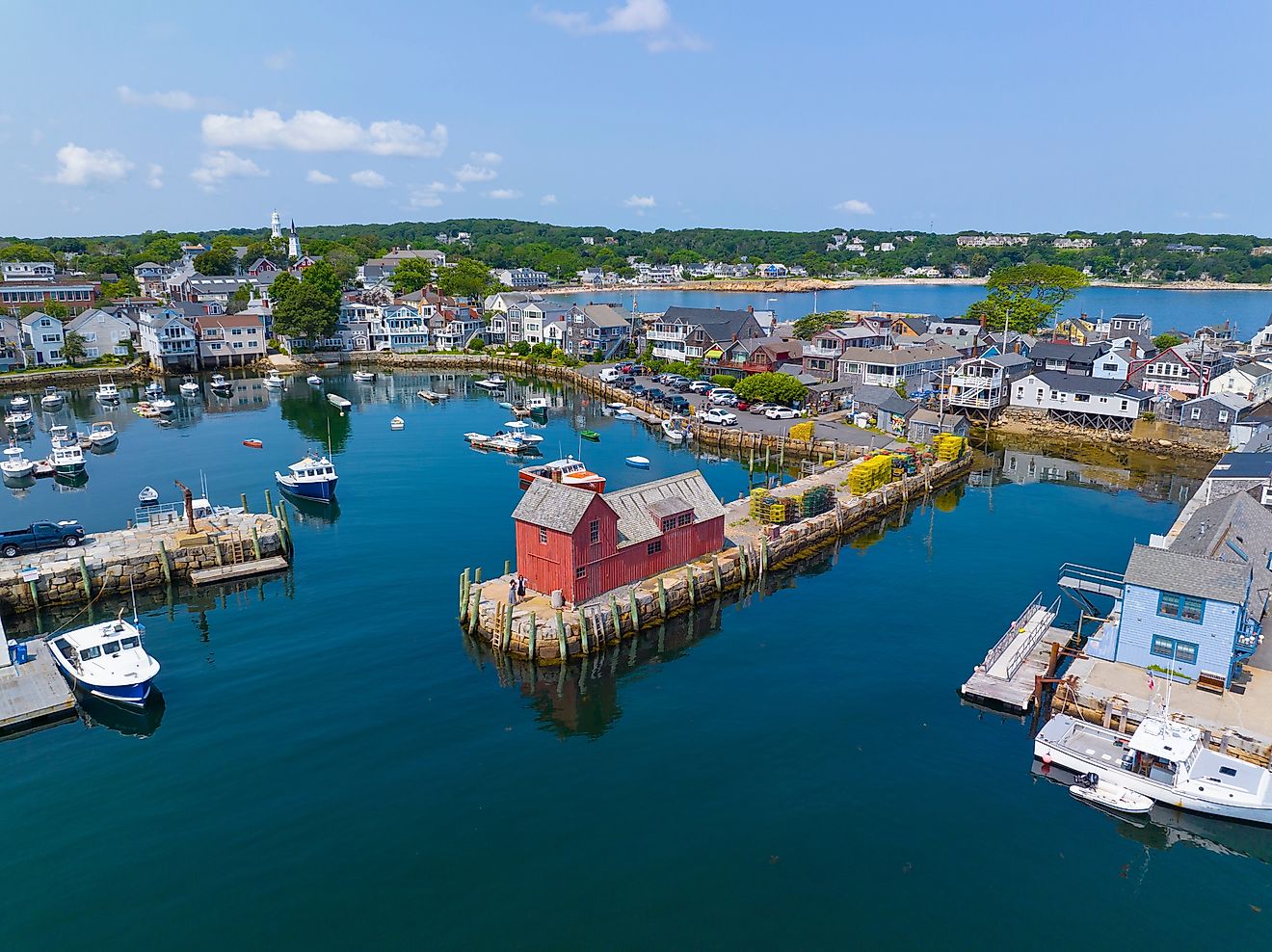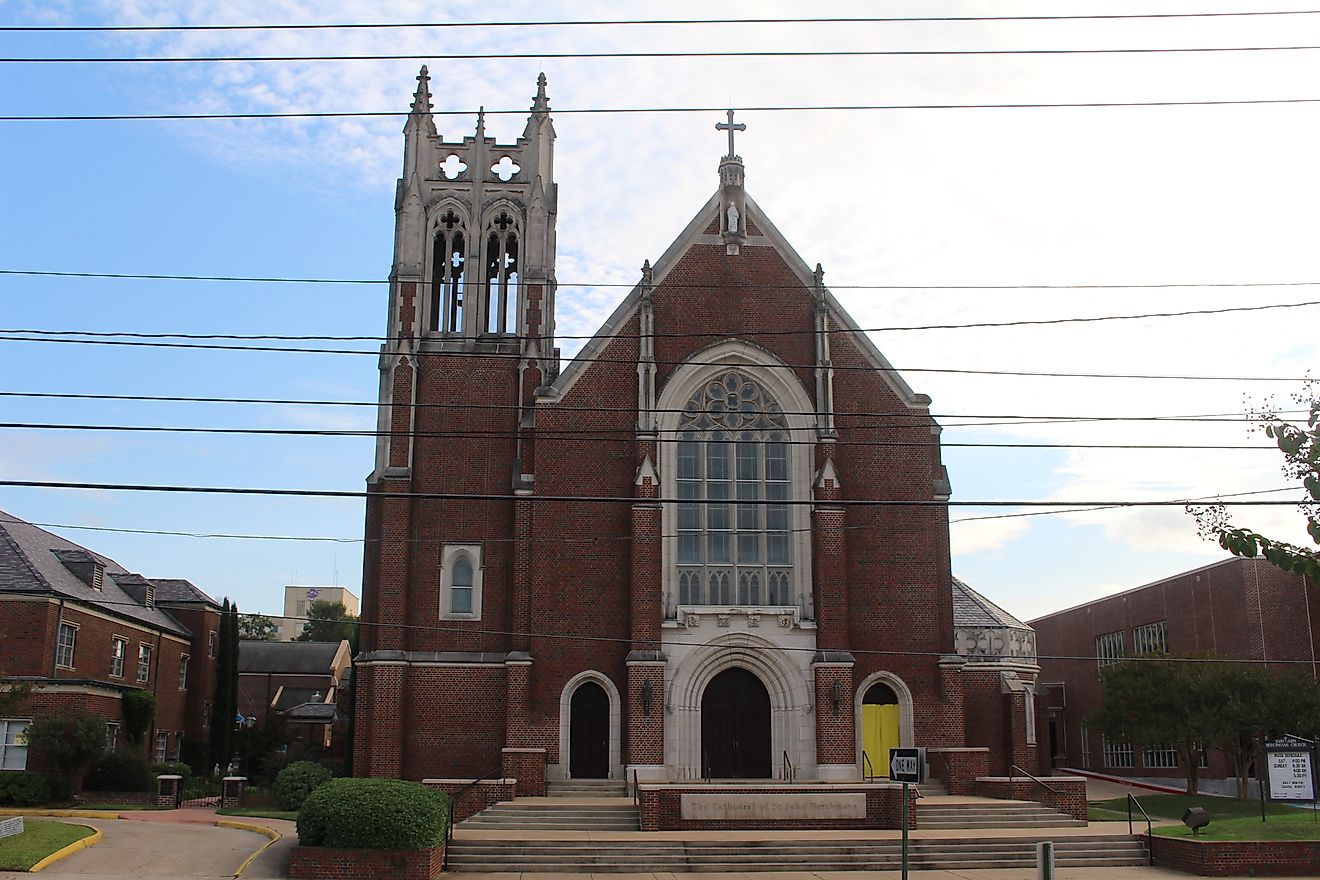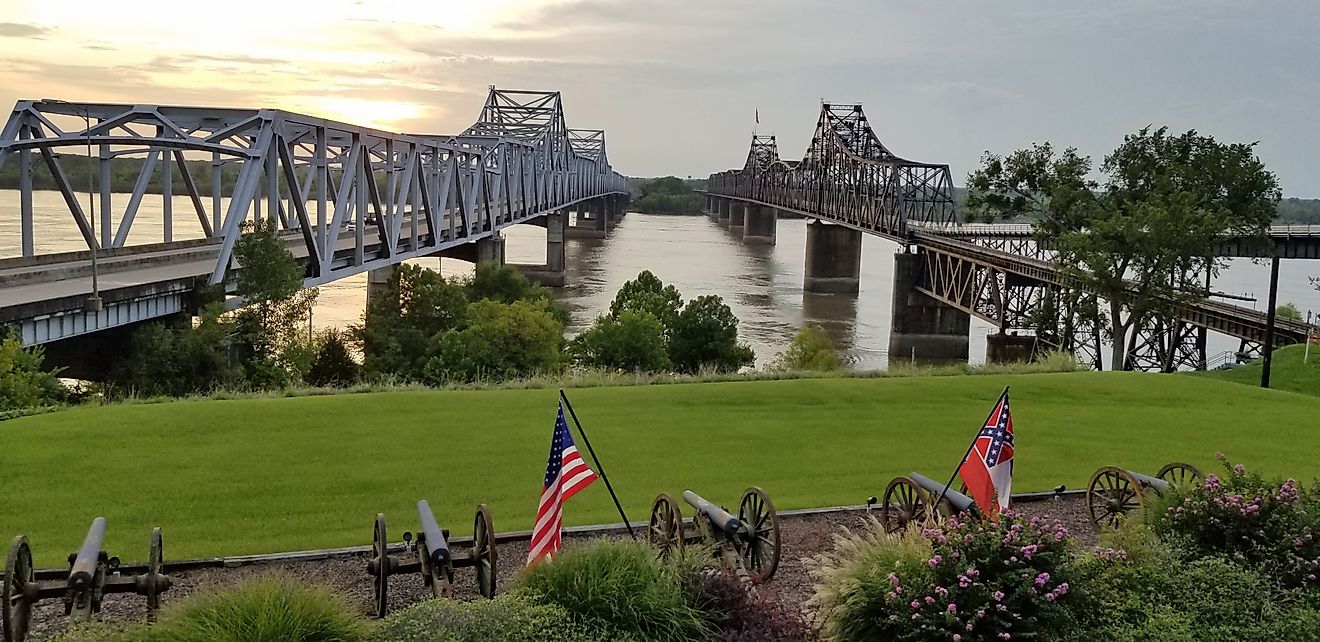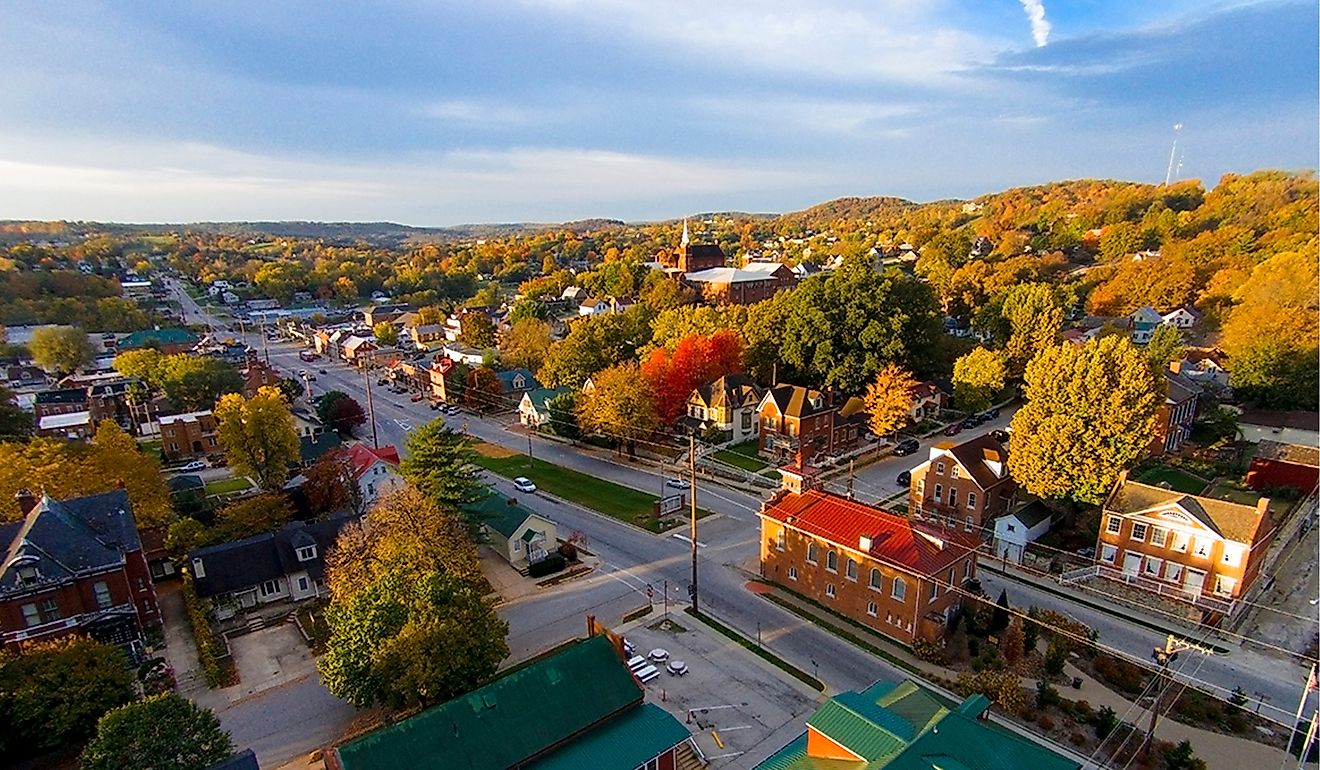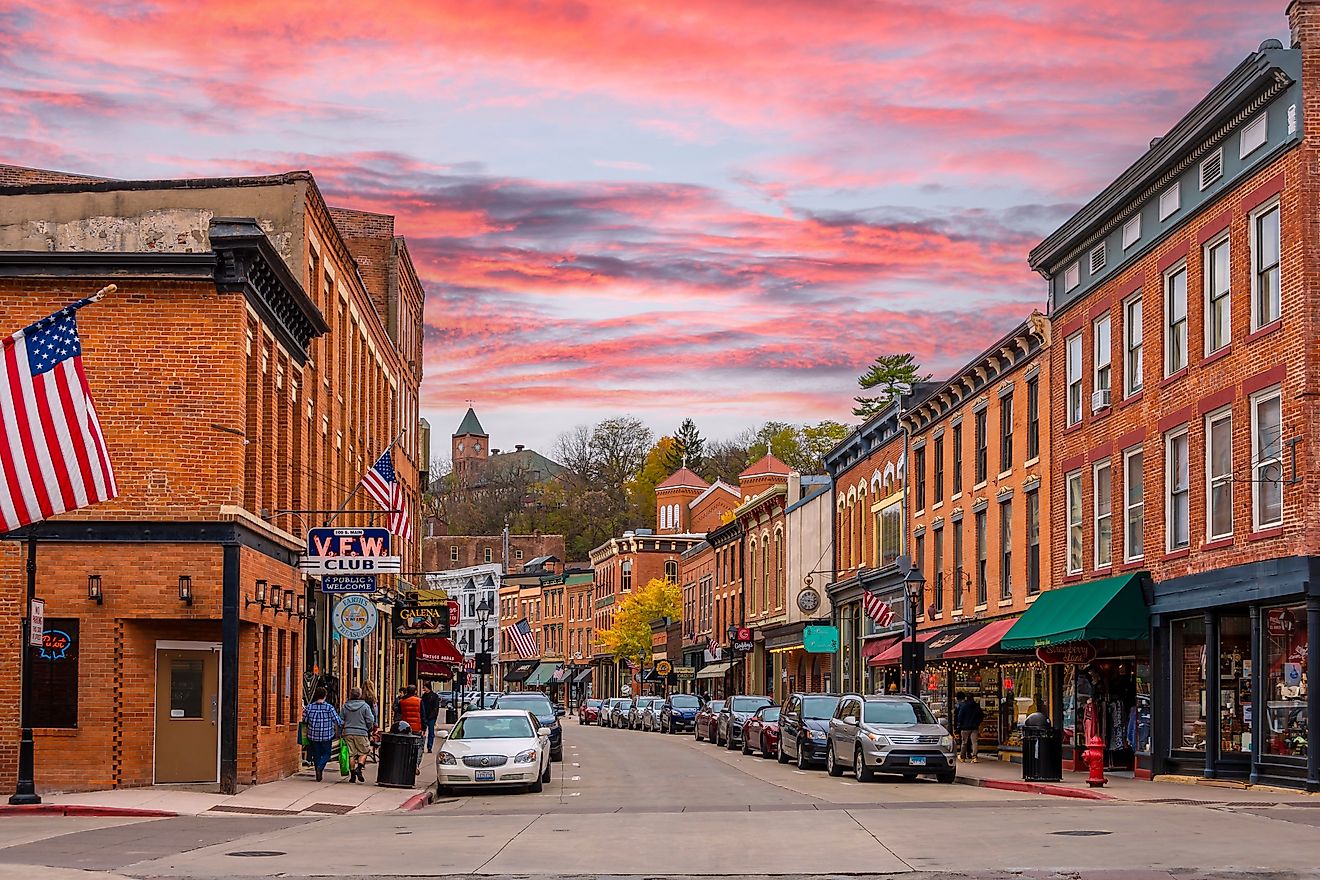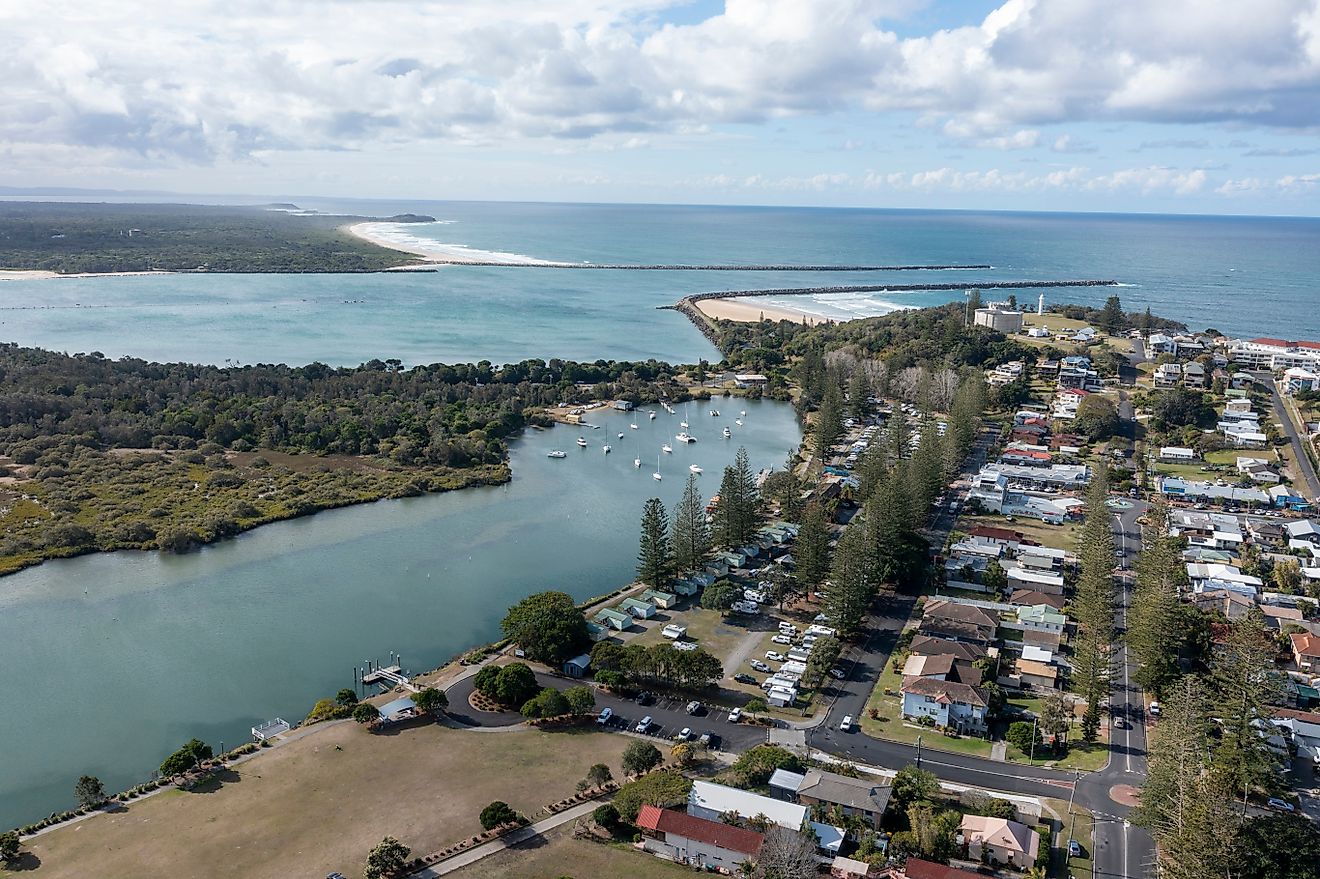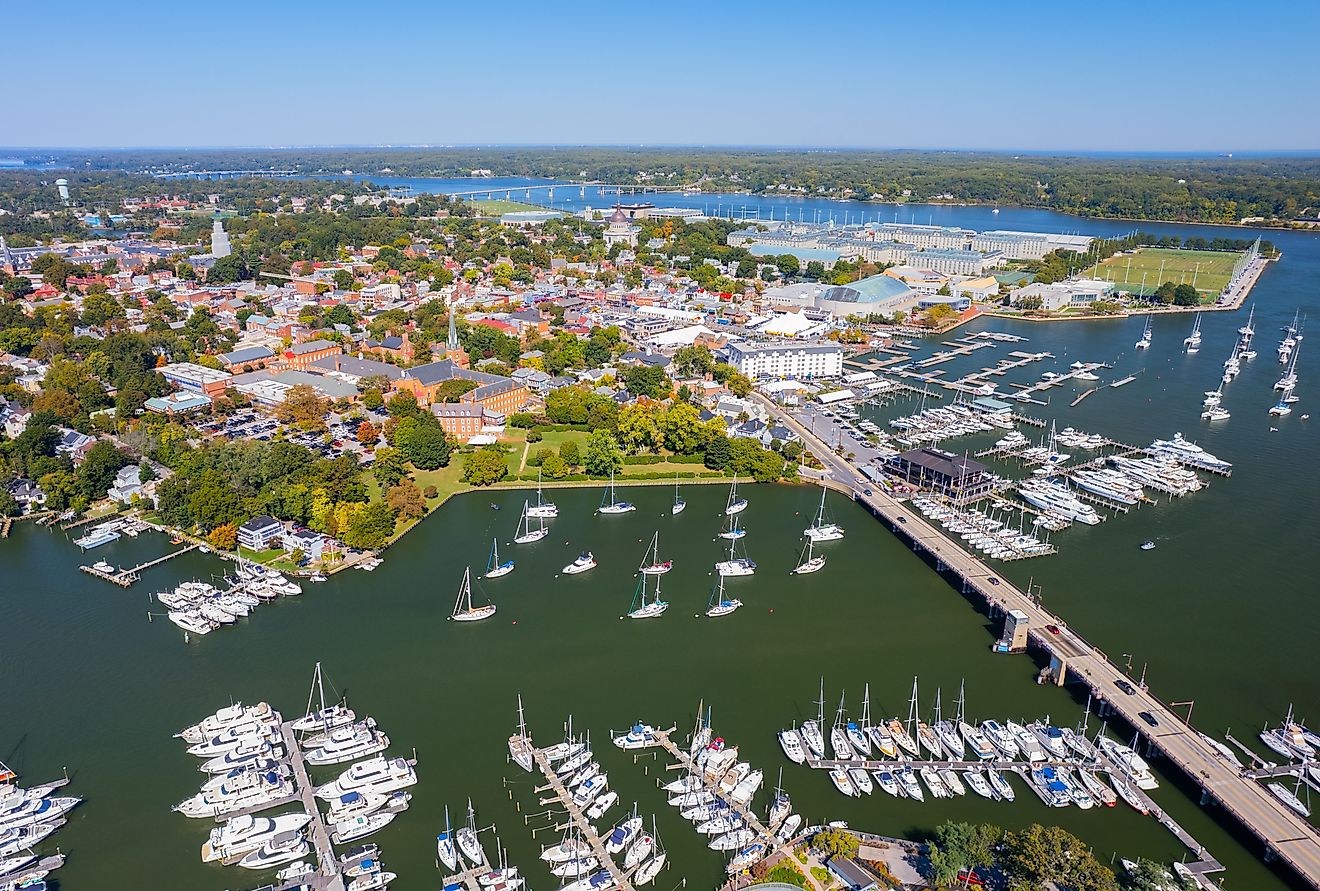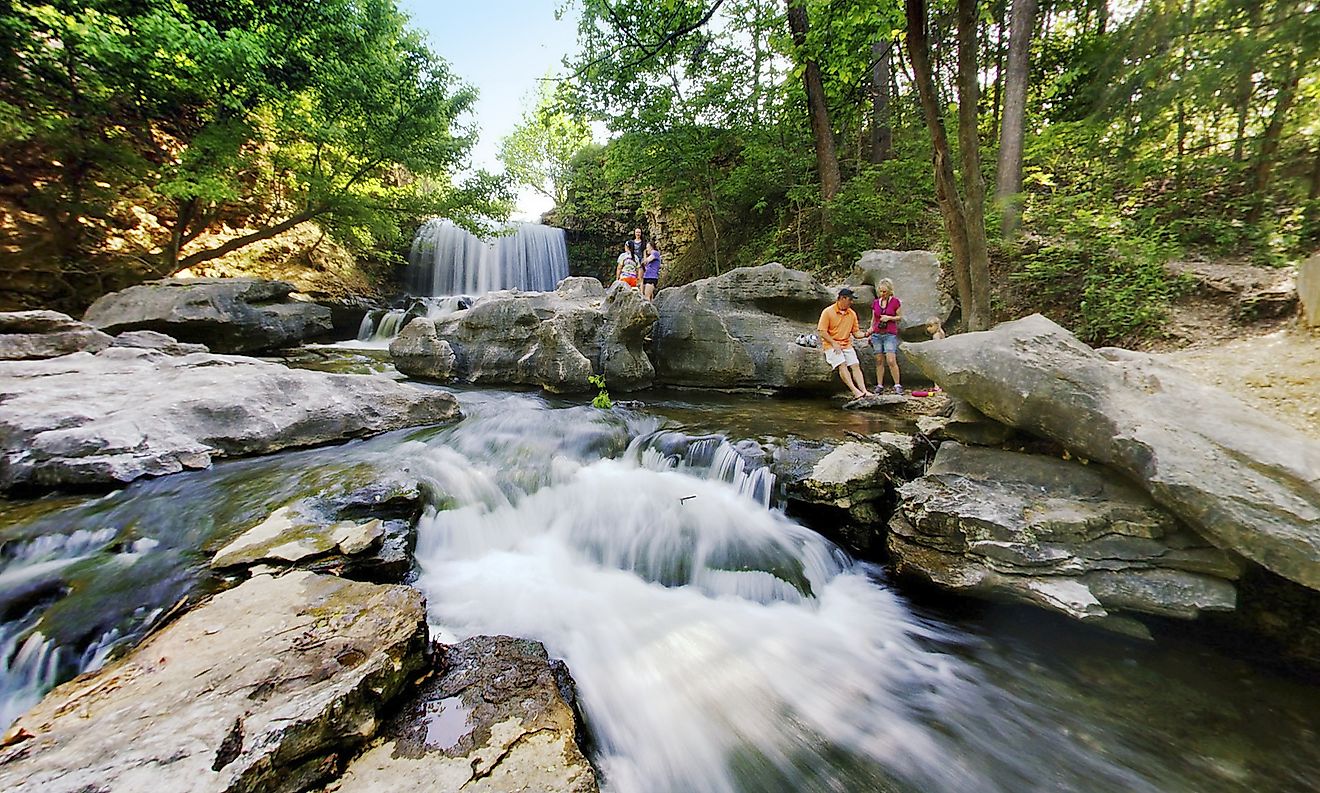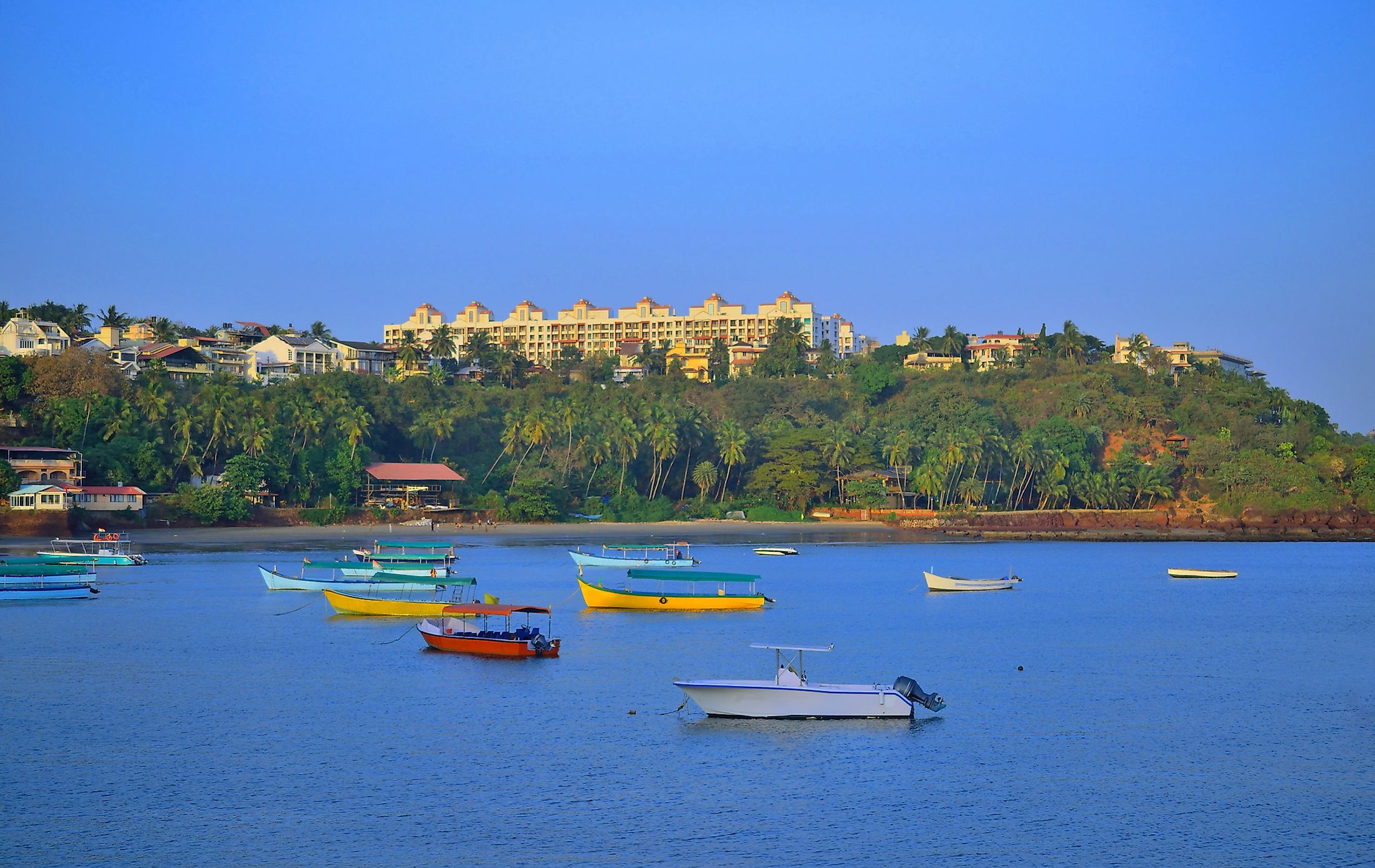
Panaji, India
Lying on the estuary of the Mandavi River at the river's mouth on the Arabian Sea, Panaji is the capital of Goa state in western India and a renowned world tourist destination. Once a tiny village until the mid-18th century, it was occupied by the Portuguese from the Velha Goa (Old Goa, or Ela) after repeated plague forced them to abandon their own capital. Thus, becoming a new capital of the state in 1843, the town presents itself as a conglomeration of colonial houses and plazas, surrounded by beaches and some of the country's most beautiful nature, for a real retreat getaway.
Formerly called Panjim from its Portuguese roots Pangim, the crowded small town in the Ilhas de Goa sub-district (taluka) has a population of some 115,000 and acts as the headquarters of the North Goa district. It is the largest urban agglomeration with many terraced hills, concrete buildings with balconies and red-tiled roofs, and churches. Selected to be developed as one of the smart cities in India under the Smart Cities Mission, Panaji was built with stepped streets and a seven-kilometer long promenade on a planned grid system. The avenues are lined with gulmohar and acacia trees, while the Baroque Our Lady of the Immaculate Conception Church overlooks the main square as its prominent landmark.
Geography And Climate Of Panaji
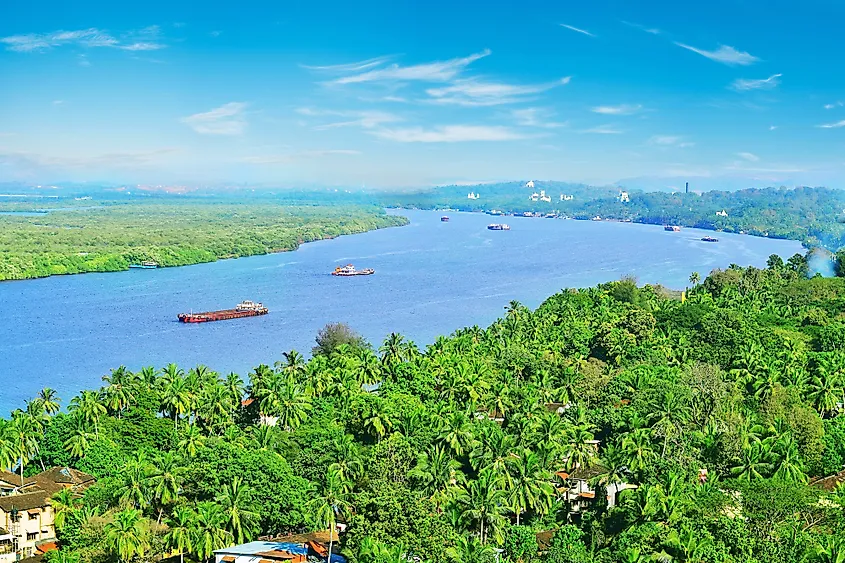
Set on the island of Tiswadi on the left bank of the River Mandovi, Panaji's land area is 36 square kilometers, with the elevation varying between 7 meters and 60 meters above sea level. As the biggest city in north Goa and third largest in the state, Panaji's town area comprises 21.01 square kilometers, with a metropolitan area of 76.3 square km. The Miramar is the 1.25 kilometer-long main beach of Panaji. The closest airport, Dabolim, is 27.8 km away, with the closest railway station, Karmali, 13.2 km away.
Its tropical monsoon climate features hot summers (from March to May) and warm, tempered winters (from December to February). The high temperatures reach the bearable 32 °C (90 °F), while the lows are between 31 °C (88 °F) and 23 °C (73 °F). Its monsoon season begins in June and, ending in September, comes with heavy rains and gusty winds, with the average rainfall during the year being 2,932 mm (115.43 in).
In-Town
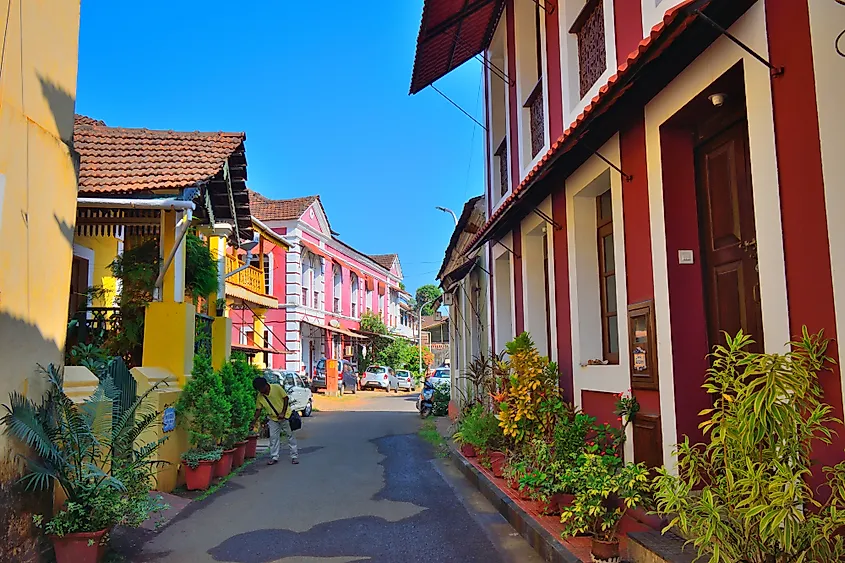
Set on the southern left bank of the Mandovi River skirting the town, Panaji is among India's most scenic and nature-rich state capitals, despite its large population and un-sustained beach. The Portuguese Baroque houses are topped with red-blue-green-yellow-tiled roofs, while the tree-lined streets and the bridges make Panaji easy and joyful to traverse. As one the most famous Goa destinations, people flee there for the culture, the history, and the carnivals. While the Miramar beach may not be the best for swimming, the small river flowing at the side of the city is a popular cruising spot. Roughly translated as the "Land that never floods," there are also manicured gardens, statues, and pretty villas, reminding everyone that it is in the position as the capital of the country's wealthiest state.
Panaji has modeled itself after some of the world's cultural epicenters in a Westernized way. The city is also increasingly becoming a place where different cultures and people with various beliefs and lifestyles can meet and flourish together in an atmosphere of creativity and acceptance. The centrally-located Altinho hilly neighborhood offers spectacular views of the city. It is also one of the quieter areas with ancient houses, the Bishop's Palace and the Jogger's Park. The elevated Jogger's Park is another great lookout over the city and contains the Maruti Temple that lights up in the evenings for an especially atmospheric walk-through. The Fontainhas old city, a UNESCO World Heritage site, is a cultural center, carrying on the aura of Goa's early life and history.
Culture And Traditions Of Panaji
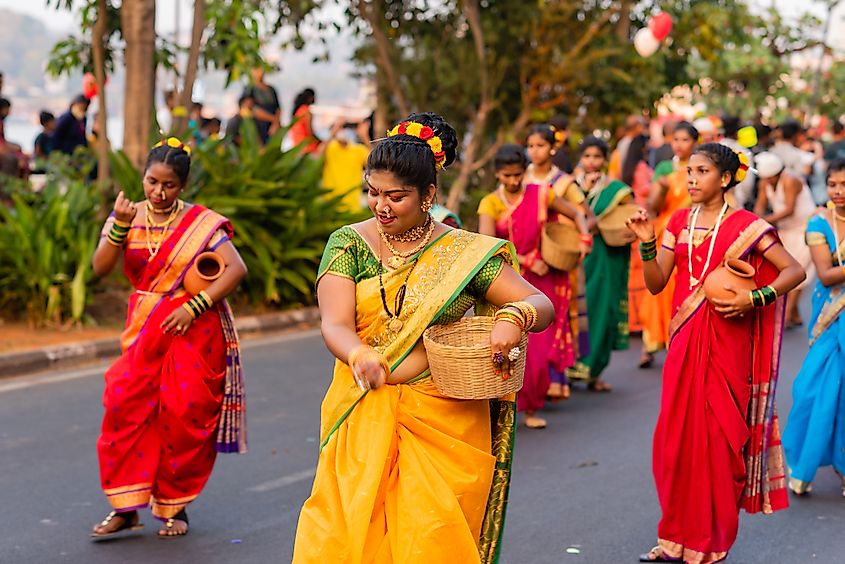
The whole of Goa and other former Portuguese territories were annexed by India, upon the Indian occupation of Portuguese India in 1961. Having faced repetitive onslaughts and ravaging occupations, Goa retained its cultural traditions through it all. If anything, its cultural heritage grew stronger through both resilience and succumbing to the alien culture. Since then, the perceived freedom after the shell-shock released Goa into its cultural renaissance, including a take-on of classic literature and fine arts and a revival of the folk arts.
The Goa State Museum housed in the noble Secretariat, the oldest building in Goa, features an eclectic collection of artifacts from Goa's history, including bronze Hindu sculptures, furniture, and coins dating from the Portuguese rule. The Latin Quarter is also the reminder of the Portuguese influence with its Chapel of St. Sebastian containing a crucifix from the Goan Inquisition. On it, Jesus Christ's eyes are wide open, designed to strike fear into the hearts of those on trial. The Portuguese influence is also apparent on the restaurants' menus, with dishes such as vindaloo, meat marinated in wine, and garlic sauce being a la Portuguese style.
Attractions In Panaji
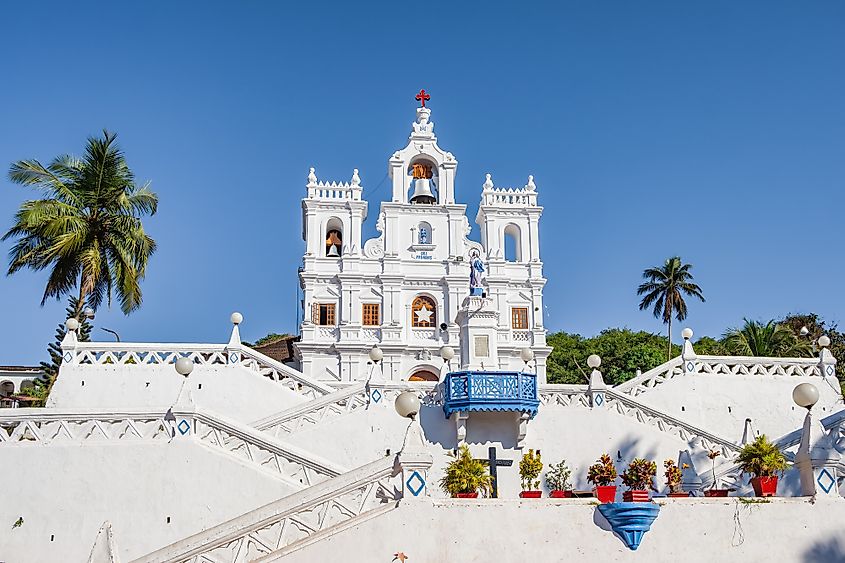
The Praça da Igreja (Church Square) is the city's heart, with the Jardim Garcia de Orta (municipal garden) originally built in 1541. The well-known 18th June Road is a busy thoroughfare through the heart of the town where local and tourist shoppers find their peace and heaven. More interesting shops and stalls with handicrafts, exotic fruits, shaped bottles, and mini sculptures line the streets, while Panaji's market sitting by the famed Immaculate Conception Church, is known for its books and articles collections on Goan history and the present era.
Our Lady of the Immaculate Conception Church is one of Goa's oldest churches located in the town's heart, close to Fontainhas or the Latin Quarter, the Goa Museum, and the river. A Catholic church built in Baroque style in 1541, it served as a chapel for the Portuguese sailors. It was rebuilt in 1619 to accommodate a larger number of worshippers, while the Portuguese were also making a religious expansion. It is designed with two flanking ornamented and heavily gilded altars; the right is dedicated to Our Lady of the Rosary, and the left is to Jesus Crucified.
Entertainment
The famous multiplex in Panaji, the Inox Cinema set scenically by the confluence of the Mandovi River and the Arabian Sea, contains four large theatres. It comes with comfortable seating, air-conditioning, more than enough food options, and a big parking space, making it very easy to enjoy a daytime flick or a nighttime movie viewing of both Hollywood and Bollywood films. Also, just opposite the Campal Gardens and the Campal Forest Department Park, the biggest greenery zone in the city, it makes for a full day of in- and outdoor activities. Being a venue where the very reputable film festival, the International Film Festival of India (IFFI), is held in Goa, it is attended by famous entries, critics, and everyday movie fanatics from all corners of the world.
With two mini theatres conducting workshops, a music library, an art gallery, and exhibition rooms, The Kala Academy lets one dive into the culture from all angles. The Goa Handicrafts, Rural & Small Scale Industries Development Corporation Limited (GHRSSIDC) is a perfect outlet for handicrafts. English cafes and French restaurants can be found on the corners, while the famous beaches of Goa are just across the river to the north, including the Candolim, the Calangute, and the Baga beaches. Casino gaming is also popular in the city, while the ample accommodation options include everything from five-star luxury hotels, to mid-range, to boutique hotels.
How To Get There
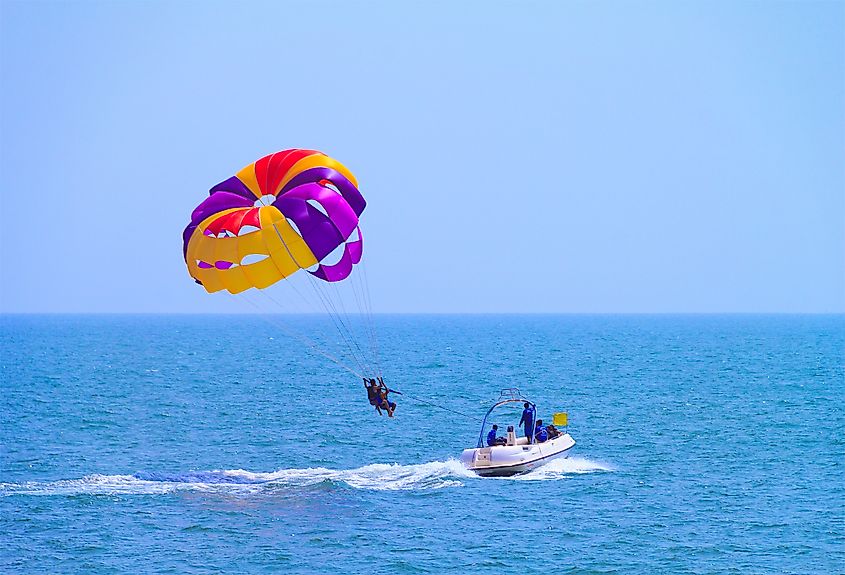
The NH 66 and NH366 highways lead to the Dabolim airport, with Air India, Indigo, Spice Jet, Go Air, Etihad, Air Arabia, Air Asia, Qatar Airways, and Jet Airways connecting it to other Indian and international destinations. With the average traffic to and from being quite high, it takes about an hour to reach the city's center. Since most express trains do not stop at the Karmali railway station, it is advisable to get off at Margao, 49.5 kilometers away from Panaji. As a major Konkan Railway junction, all trains stop there, with the rest of the journey comprising an hour and a half drive or another train ride from Margao to the Karmali station. If driving is not a problem upon landing in India, one can take their car straight to Panaji since it is well-connected to all Indian cities by road.
Best Time To Visit Panaji
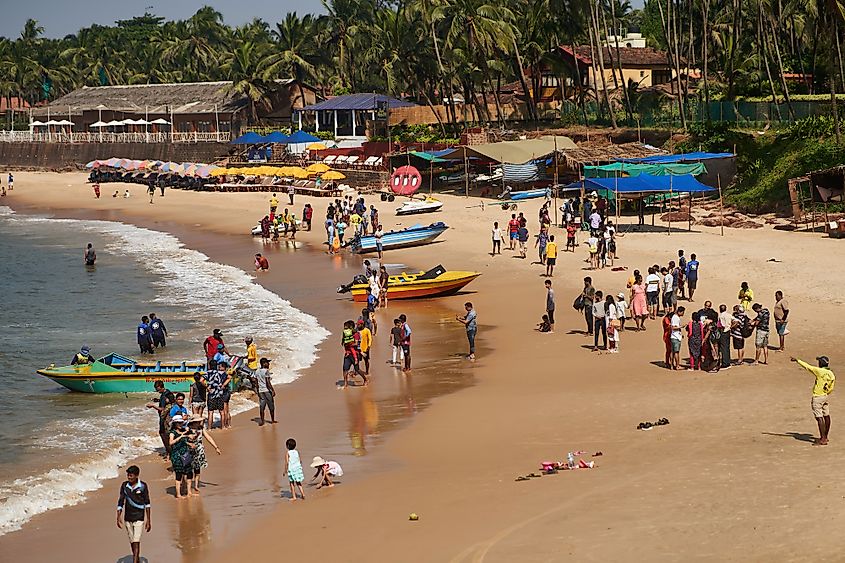
Aside from those coming during summer for the beaches, most tourists choose the winter season with the cooler temperatures and the "off-season" prices. Therefore, the best time to visit is between November and February, when there is very little rain and humidity and the summer's sun has burned out. During this time, there are also less crowds to face in this already crowded region of the world, and one can do a lot of walking without breaking a sweat, or worse, burning their skin off.
As an administrative center until the 1970s, Panaji matured in commercial importance with an industrial estate nearby. Tourism developed quickly, with people from all over the world fleeing to the location not just for the exotic culture and the beaches but to witness real history in the making through numerous Portuguese and Maratha ruins and the colonial downtown.
